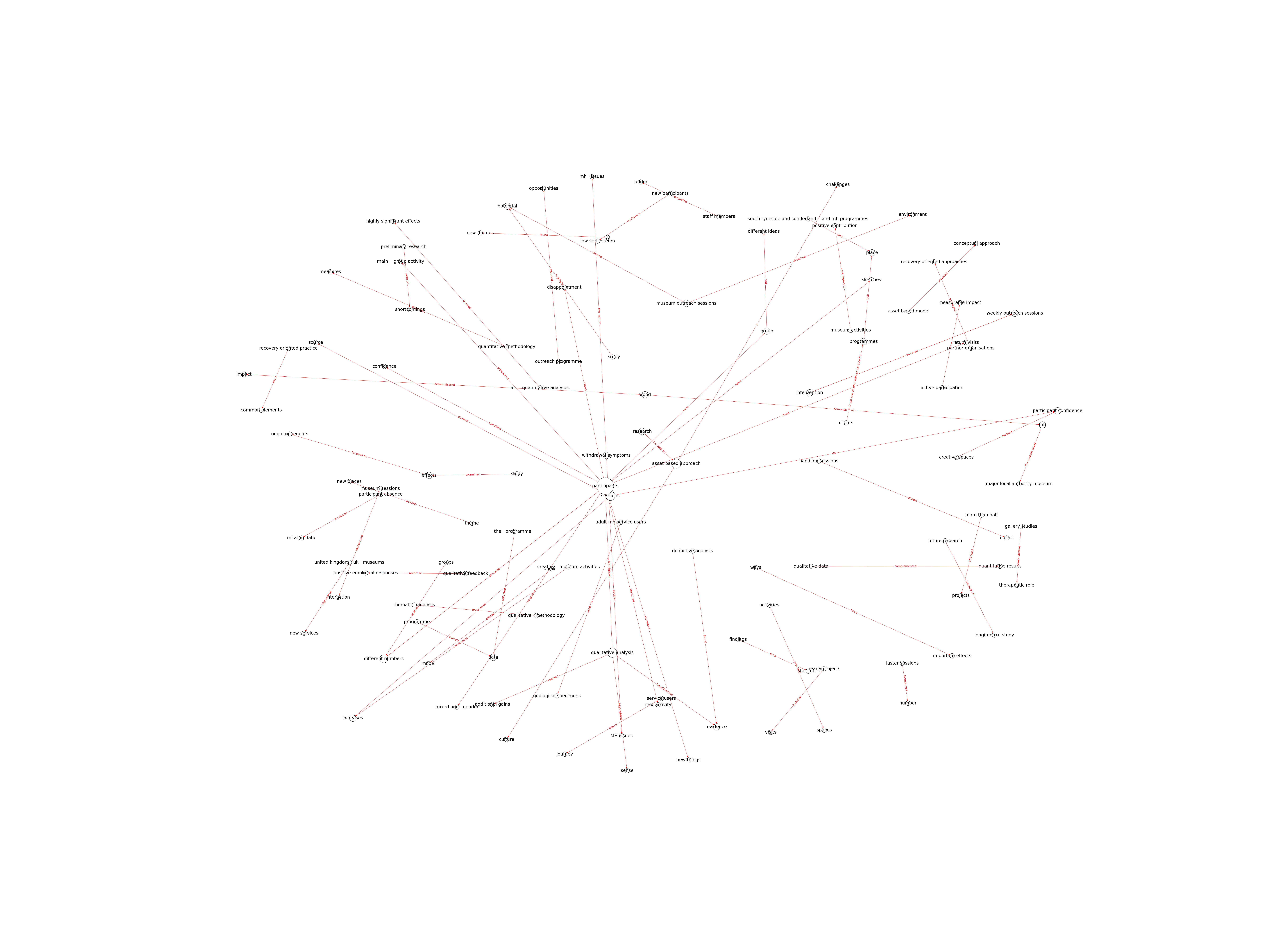| Id | 168 | |
| Author | Morse, N.; Thomson, L.J.M.; Brown, Z.; Chatterjee, H.J. | |
| Title | Effects of creative museum outreach sessions on measures of confidence, sociability and well-being for mental health and addiction recovery service-users | |
| Reference | Morse N, Thomson LJM, Brown Z, Chatterjee HJ. Effects of creative museum outreach sessions on measures of confidence, sociability and well-being for mental health and addiction recovery service-users. Arts Health. 2015;7(3):231–46. |
|
| Keywords | inferential statistics; mental health; rehabilitation; thematic analysis; visual arts |
|
| Link to article | https://doi.org/10.1080/17533015.2015.1061570 |
|
| Abstract | The current research aimed to contribute to this emerging field in a mixed methods UK study conducted at Tyne and Wear Archives and Museums (TWAM). The study focused on the effects of museum outreach sessions with two participant groups: MH and addiction recovery (AR) service-users. The programme also collected data from other groups such as older adults and probation service-users. It was decided, however, to focus on MH and AR participants because of greater numbers in these groups and other intergroup similarities including the notion of recovery being applicable to both and the fact that withdrawal symptoms experienced in AR often involve MH issues, such as anxiety and depression, common in MH service-users. The intervention involved weekly outreach sessions using heritage activities such as object handling and museum visits as inspiration for creative responses through a variety of media. The research used an “asset-based approach” (Foot, 2012; Foot & Hopkins, 2010) focused on participant strength and potential, nurtured and enhanced through museum activities. In line with asset-based models, measures of confidence, sociability and well-being were chosen to assess intervention effects. |
|
| Metodology | AR and MH service-users participated in weekly sessions of museum-related creative activities. Two staff members from museum and partner organisations completed a ladder of change for each participant at the end of each session based upon joint observation of participant behaviour. Participant feedback collated at the end of the project was collected through questionnaires and anecdotal reporting of session feedback. For this preliminary study, direct observation collated at the end of each session was chosen as the data collection method over self-report to avoid intruding on the museum activities. Museum staff and social workers were trained in observation skills and in the operationalisation of the ladder, including discussion of potential bias. To further avoid potential bias, no specific hypothesis of improvement was shared with the observers. At the end of each session, observers discussed and agreed on observations to ensure inter-rater reliability. |
Technique | Qualitative analysis; Questionnaire; Descriptive statistics; Multivariate analysis; |

Note: Due to lack of computing power, results have been previously created and saved in database


